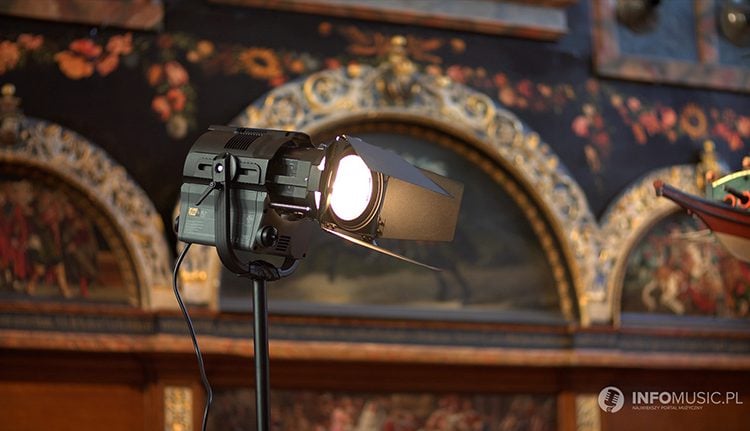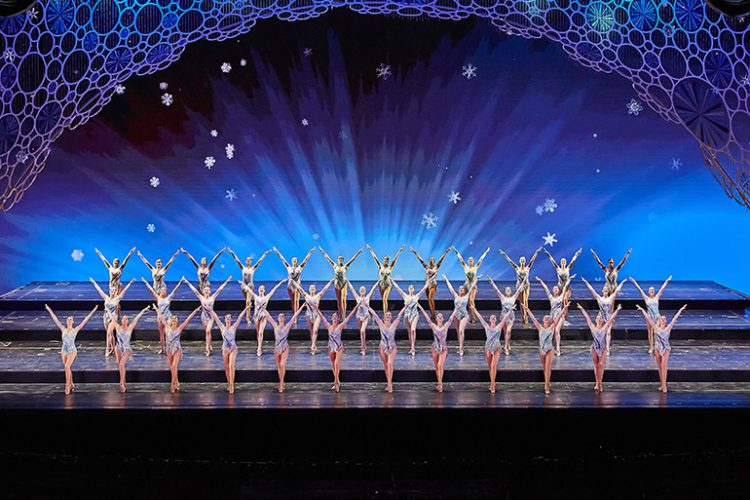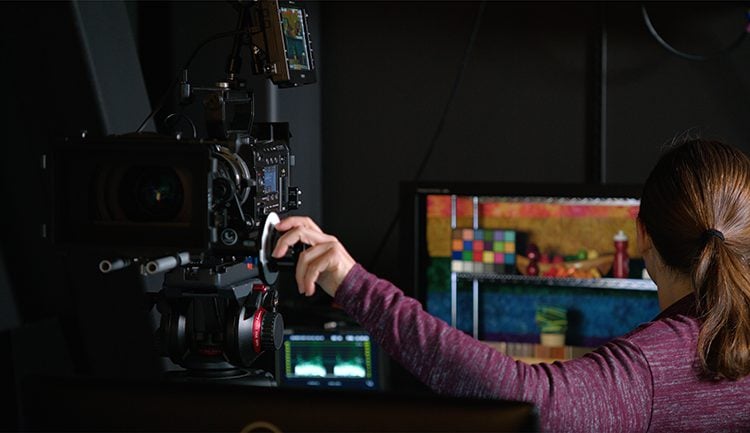In 1975, Fred Foster, his brother, and two of their friends from college started ETC with their work on a lighting console. In 1990 ETC acquired LMI and added dimming systems to their portfolio of products. In 1992, the iconic Source Four fixture launched, giving ETC the market edge. They were now able to offer a full theatrical system with all gear designed to work together from a single manufacturer. But one key system was missing - rigging.
In 2007, Foster called together a group of innovators to discuss the possibility of ETC adding rigging to the portfolio. He had been approached by Don Hoffend who, along with his father, was part of one of the oldest companies on Broadway known for both scenic design and rigging technology. Hoffend and Sons is credited with engineering the first motorized rigging hoist in the industry.
Don Hoffend knew that to those who worked backstage, rigging was all about the machinery. And he knew that ETC was a company known for its control products. If the two started collaborating, they would have a chance to revolutionize rigging technology worldwide. So, Foster flew to North Carolina to see Hoffend’s hoists in a university setting. What began as a fact-finding mission, and a bit of a skunkworks project at ETC, soon turned into a solid commitment and the eventual need for additional factory space.

Fred hand-picked his rigging engineers with the goal of coming together with a single focus to develop projects quickly. At the LDI tradeshow in 2009, ETC announced the first Prodigy fixed-speed hoists to the market. Variable speed shipped two years after that, and P75 for the largest theatrical venues, released two years after that.
Acquiring Vortek
In August of 2014, ETC doubled its stage machinery offerings with the acquisition of the Vortek rigging division of Daktronics. The Vortek design took the cost and long installation times out of the rigging equation by providing a hoist that was considered the first “boxed product” solution.
This more standard style hoist developed by Hoffend and Sons enabled ETC to break into the education market where mass manufacturing hoists was required in order to bring them down to a price point that schools could afford.

ETC Rigging Today
ETC continues to develop new hoists for venues of every size. We build scoreboard hoists like you’ll see at the Carrier Dome at Syracuse University, or T-Mobile Arena, and smaller hoists for TV studios, churches, and restaurants. But, like we mentioned earlier, ETC has always been known for its control products and rigging control is no different.

Originally developed from German studio rigging, Transteknik’s Voyager system kicked off ETC’s rigging control platform. With a user-friendly interface that feels more like a lighting console than stage machinery, ETC continues to take the market with its extreme safety features, aggressive factory testing, and simplified product options. To learn more about ETC rigging products through the years, visit etcconnect.com.


.jpg)


